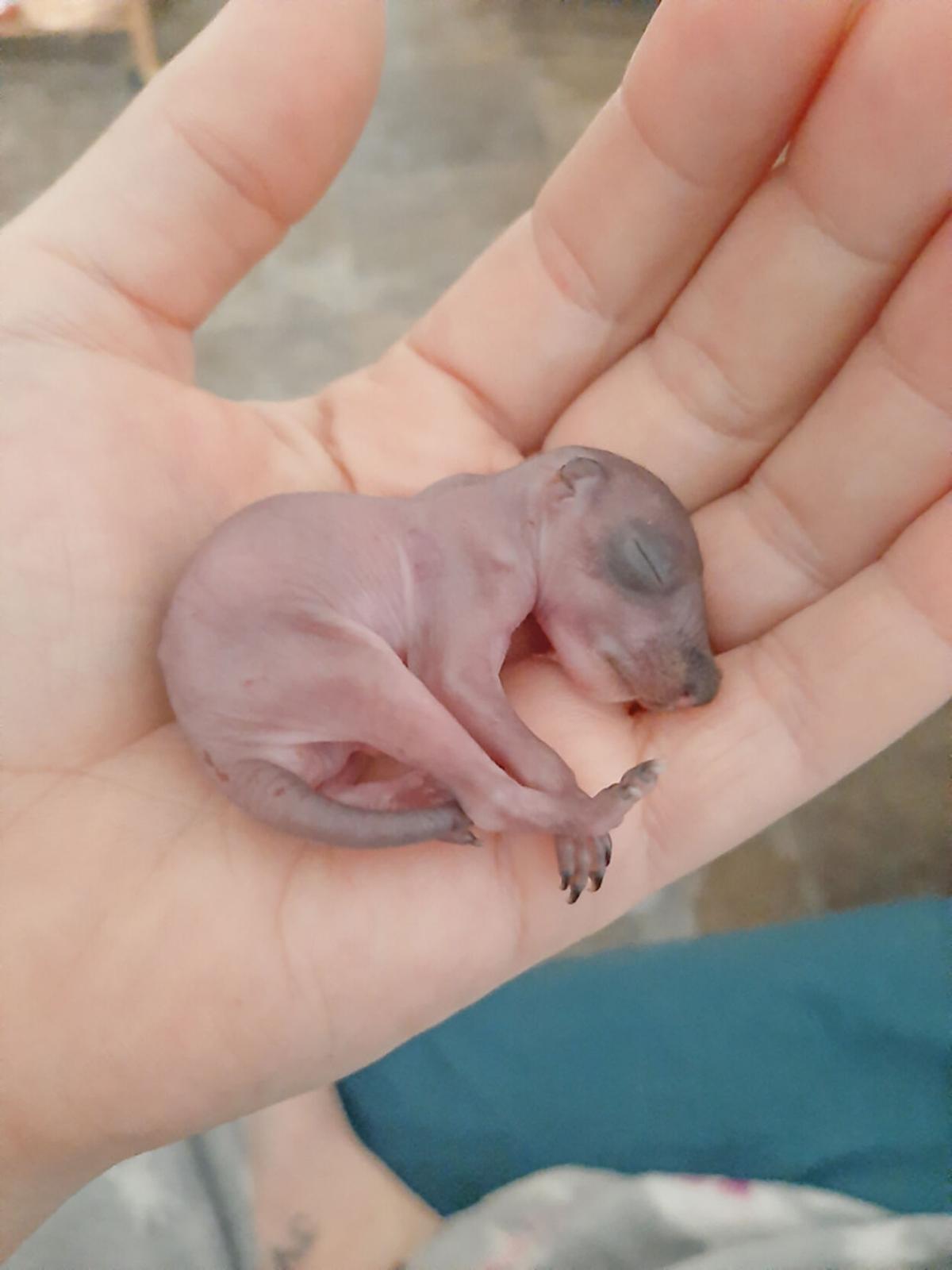
Squirrel Care: A Comprehensive Guide to Nurturing Baby Squirrels
Squirrels, with their captivating agility and endearing antics, hold a special place in the hearts of nature enthusiasts. While observing these furry creatures from afar is a delightful experience, there may come a time when you encounter a baby squirrel in need of assistance. Whether it’s an orphaned newborn or an injured juvenile, providing proper care is crucial for its survival and well-being. This comprehensive guide will equip you with the knowledge and skills necessary to care for a baby squirrel, ensuring its optimal health and development.
Identifying Baby Squirrels
Baby squirrels, also known as kittens or pups, are typically born between February and September. They are characterized by their small size, weighing around 10-15 grams at birth, and their soft, gray fur. Their eyes are closed for the first few weeks of life, and they rely heavily on their mother for warmth, nourishment, and protection.
Determining the Age of a Baby Squirrel
Accurately determining the age of a baby squirrel is essential for providing appropriate care. Here are some key indicators:
- Newborn (0-2 weeks): Eyes closed, furless or covered in sparse, fine hair.
- Young (2-4 weeks): Eyes opening, fur developing, but still unable to walk or climb.
- Juvenile (4-8 weeks): Fur fully developed, eyes fully open, starting to climb and explore.
- Sub-adult (8-12 weeks): Resembling adult squirrels in size and appearance, but still dependent on their mother for food.
Orphaned Baby Squirrels
Orphaned baby squirrels require immediate attention to prevent hypothermia and dehydration. If you find an orphaned baby squirrel, follow these steps:
- Warm the Squirrel: Place the squirrel in a warm, dark place, such as a cardboard box lined with a soft cloth. Use a heating pad set to low or a warm water bottle wrapped in a towel to provide additional warmth.
- Hydrate the Squirrel: Offer the squirrel a small amount of electrolyte solution or kitten milk replacer using a dropper or syringe. Avoid using cow’s milk, as it can cause digestive problems.
- Contact a Wildlife Rehabilitator: Seek professional help from a licensed wildlife rehabilitator as soon as possible. They have the expertise and resources to provide specialized care and ensure the squirrel’s long-term survival.
Injured Baby Squirrels
If you encounter an injured baby squirrel, it’s crucial to handle it with care and avoid causing further harm.
- Assess the Injury: Examine the squirrel for any visible wounds, broken bones, or other injuries.
- Immobilize the Squirrel: Gently wrap the squirrel in a soft cloth or towel to restrict its movement and prevent further injury.
- Contact a Wildlife Rehabilitator: Seek professional assistance from a wildlife rehabilitator immediately. They will assess the injury, provide appropriate treatment, and determine the best course of action for the squirrel’s recovery.
Feeding Baby Squirrels
Proper nutrition is vital for the growth and development of baby squirrels.
- Kitten Milk Replacer: Use a high-quality kitten milk replacer specifically formulated for baby squirrels. Follow the instructions on the packaging for mixing and feeding.
- Feeding Schedule: Feed the squirrel every 2-3 hours during the day and every 4-6 hours at night. As the squirrel grows, gradually increase the feeding intervals.
- Feeding Method: Use a dropper or syringe to gently feed the squirrel. Avoid overfeeding, as this can lead to digestive problems.
Housing Baby Squirrels
Provide a safe and comfortable environment for the baby squirrel to rest and recover.
- Nest Box: Create a cozy nest box using a small cardboard box or plastic container lined with soft materials, such as fleece or cotton balls.
- Temperature: Maintain a temperature of around 85-90°F (29-32°C) for newborn squirrels and gradually reduce it as they grow.
- Cleanliness: Keep the nest box clean and dry by changing the bedding regularly.
Socialization and Enrichment
While it’s important to minimize handling, baby squirrels benefit from gentle socialization and enrichment activities.
- Handle with Care: Handle the squirrel only when necessary, such as for feeding or cleaning. Avoid excessive handling, as this can stress the squirrel.
- Provide Toys: Offer the squirrel safe toys, such as small stuffed animals or chew toys, to stimulate their curiosity and provide mental enrichment.
- Introduce to Other Squirrels: If possible, introduce the baby squirrel to other squirrels under the supervision of a wildlife rehabilitator. This helps them develop social skills and learn natural behaviors.
Releasing Baby Squirrels
The ultimate goal of caring for a baby squirrel is to release it back into the wild, where it can live a natural and fulfilling life.
- Gradual Release: Start by placing the squirrel in an outdoor enclosure for short periods, gradually increasing the duration as it becomes more independent.
- Soft Release: Release the squirrel in an area with ample food and shelter, such as a park or forest. Provide supplemental food for a few days to ease the transition.
- Hard Release: Release the squirrel directly into the wild without providing supplemental food. This method is only suitable for squirrels that are fully independent and have demonstrated strong survival skills.
Legal Considerations
It’s important to note that caring for wildlife, including baby squirrels, may require permits or licenses in certain areas. Check with your local wildlife authorities for specific regulations and requirements.
Conclusion
Caring for a baby squirrel is a rewarding but challenging experience that requires patience, dedication, and a deep understanding of their needs. By following the guidelines outlined in this comprehensive guide, you can provide the necessary care and support to ensure the squirrel’s optimal health, development, and eventual return to the wild. Remember, the well-being of the squirrel should always be your top priority, and seeking professional assistance from a licensed wildlife rehabilitator is crucial for their long-term success.
